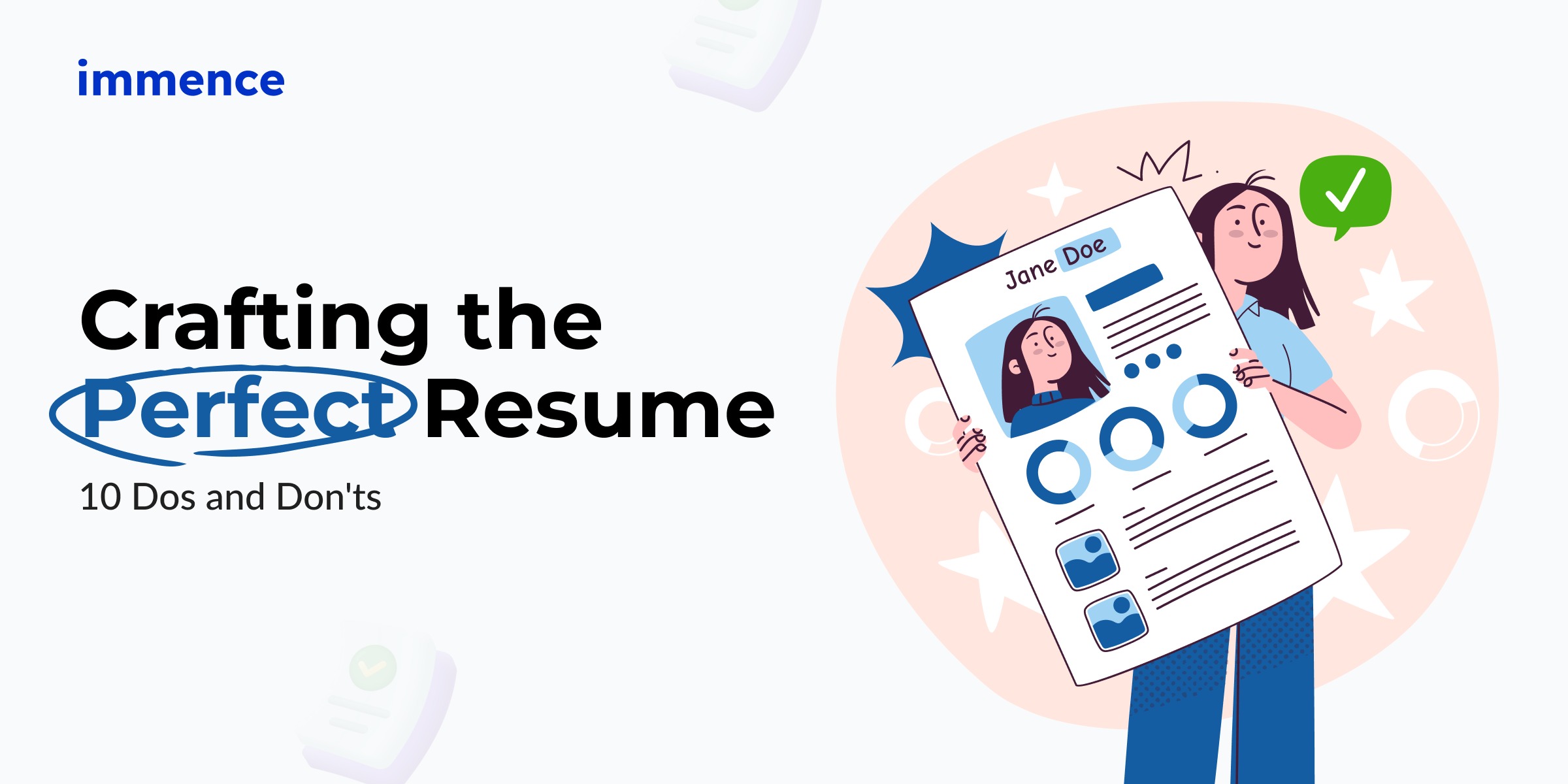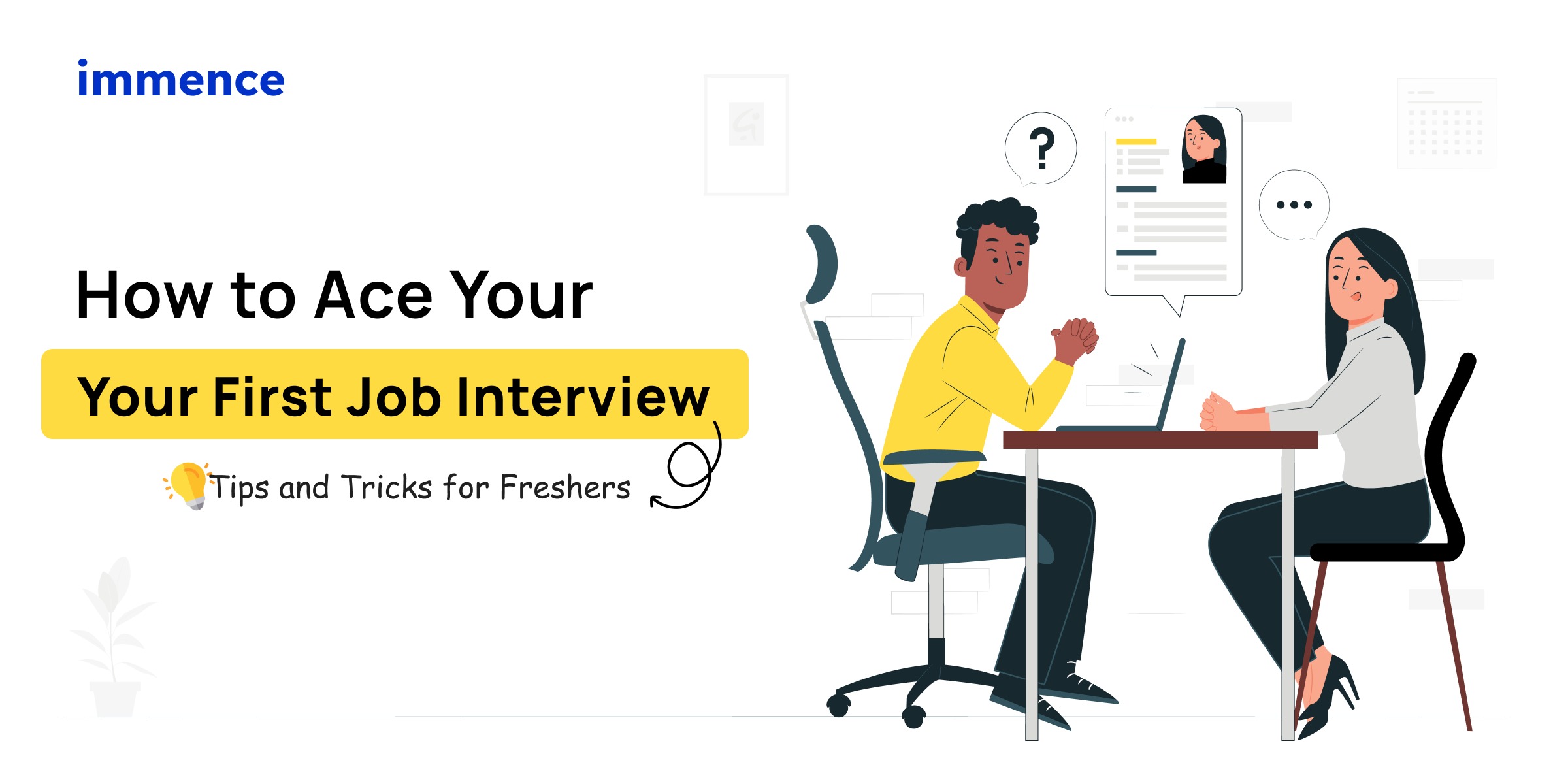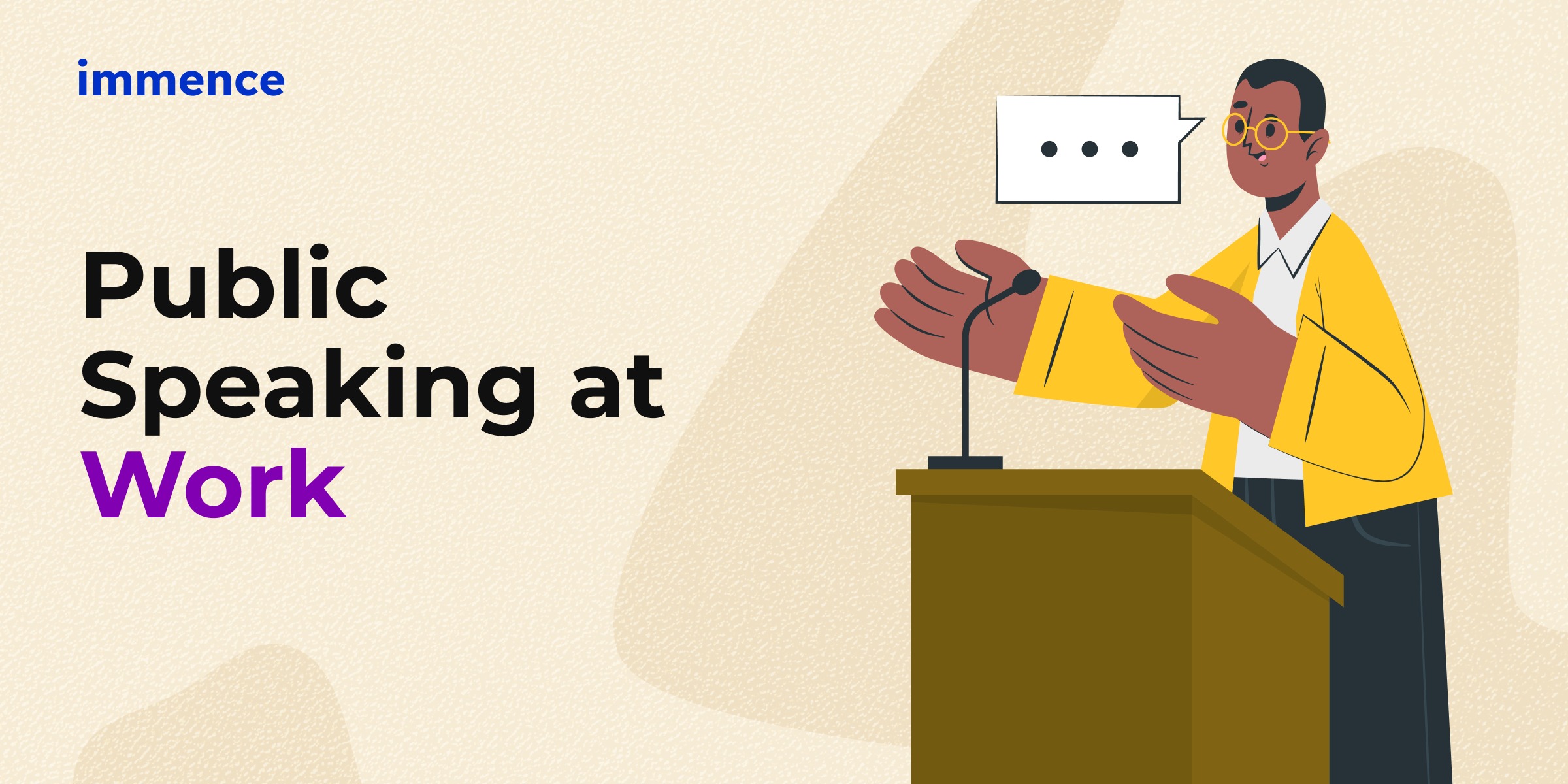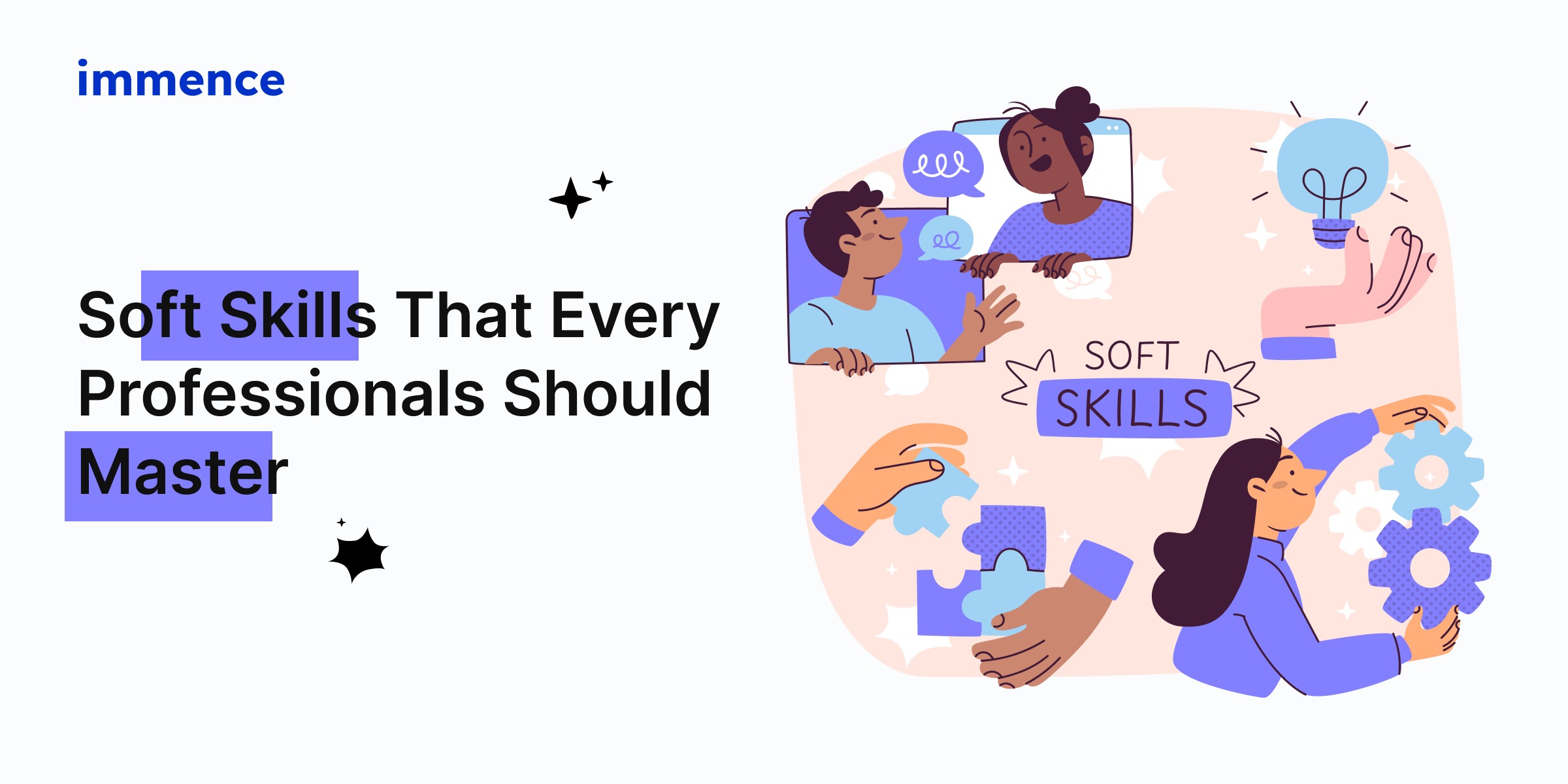Crafting the Perfect Resume: 10 Dos and Don'ts in 2025

Do you know your resume speaks on your behalf before you even step into the room?
Your resume serves as your initial impression and can be the key to unlocking your dream job. Creating a resume isn’t merely listing your qualifications; it’s a strategic document that highlights your value to potential employees.
Crafting a standout resume requires more than just listing your experience; it's about strategically positioning your skills, accomplishments, and unique qualities to grab the attention of hiring managers.
In this blog, we’re diving into 10 essential dos and don’ts that will help you create a resume that makes a lasting impression. Ready to take your resume to the next level? Let’s get started!
DO’s:
1. Align your resume with the specific job description.
Customization is a key component in drafting a resume that stands out. Instead of submitting a generic resume, customize it to every position you are applying for. Begin by carefully reading the Job Description and matching your experience and skills to the duties and qualifications listed. For example, if the position requires HR Knowledge, make sure your resume emphasizes your skills in recruitment, performance management, and employee relations. This targeted approach not only makes you stand out but also improves your chances of passing through ATS, which is used by many employers to screen resumes.
Example: You may highlight "Developed and implemented employee engagement initiatives, fostering a positive work environment and improving retention" for an HR position that prioritizes employee engagement.
2. Use the correct Resume Format (Professional style & size)
A resume needs to be both visually appealing and easy to read. For the body of your writing, choose a professional font such as Arial, Times New Roman, or Calibri, and for normal text 11-12 pt and for headings use a font size of 14-16 pt. Your resume will look polished and well-structured if it follows the proper format. Avoid overusing colors or intricate patterns that distract from your content. Having a bullet point, clear titles, and enough white space on your resume helps recruiters scan it more quickly.
Example: Starting with Contact information, Objective or summary statement, Summary of relevant skills, work experience, and Education.
3. Use Clear, Brief language
Avoid using unnecessary jargon or lengthy sentences. Information on a resume should be concise and easy to understand. Make use of brief, action-oriented language that emphasizes your accomplishments. Bullet points can be useful to make the subject readable and to break up the content. Keep each point focused on an accomplishment or responsibility, avoiding irrelevant details. The objective is to quickly demonstrate why you are a perfect fit for the position.
Example: In place of: Responsible for managing employee relations and overseeing various HR functions.
Add the following: Streamlined employee onboarding process, reducing time-to-hire and improving candidate experience.
4. Add a strong summary statement
An effective summary statement at the start of your resume gives you the chance to briefly highlight your experience and professional objectives. It should simply showcase your qualifications, experience, and special qualities that set you apart from the competition. The hiring manager may be drawn in to read further by a strong summary. Verify that the summary accurately conveys your professional identity and demonstrates how you meet the needs of the organization.
Example: Human Resources professional with 5+ years of experience in talent acquisition, employee relations, and performance management. Skilled in building strong teams, fostering a positive workplace culture, and streamlining HR processes, aiming to contribute to organizational success at [Company Name].
5. Do mention relevant Soft Skills
Soft skills like problem-solving, teamwork, and communication are crucial for your effectiveness in the workplace, even though technical skills are also vital. Don't forget to highlight soft skills that are relevant to the position you're looking for. You may either incorporate them into your job descriptions to show how you've used them in practical situations, or list them in a skills section. Soft skills demonstrate your ability to work well with others and blend in with the company's culture.
6. Quantify Achievements (Highlight achievements with numbers)
Whenever possible, quantify your achievements with numbers. This makes it easier for recruiters to understand the impact you have had in past positions. Your accomplishments become more specific and believable when you include numbers on your resume. For example, instead of just saying that you ‘improved employee engagement’ make sure to include the specifics, ‘developed and implemented an engagement program within six months.’ When applying for jobs that demand particular performance measures, it can be quite beneficial to quantify your accomplishments.
Example: Managed end-to-end recruitment for over 50 positions, streamlining the hiring process and reducing average time-to-fill by coordinating with multiple teams.
DON’Ts:
1. Include generic skills
Don't list overused or unclear skills like "team player" or "good communication skills" without any context. These terms can make your resume seem like a template and fail to highlight your distinctive qualities. These qualities won't make you stand out, they are anticipated by all candidates. Instead, concentrate on HR-specific abilities that show your knowledge and relevance to the position. For example, rather than using "problem-solving," you could use "resolving employee grievances by implementing mediation strategies" or "analyzing turnover data to develop retention initiatives." This demonstrates your capacity to apply knowledge to actual HR problems.
2. Adding irrelevant Information
The job you are seeking should be the main focus of your CV. Your professional appeal may be decreased if you include irrelevant interests or experiences. For example, your involvement in a poetry group, might not be relevant unless it has a clear bearing on your career.
Example:
Instead of Hobbies like Gardening, painting, and poetry.
Try Volunteer Experience: Organized workshops on public speaking, attended by 100+ participants.
3. Mentioning Personal Data
Personal information like age, religion, or marital status is unnecessary in today's workplace and may cause unconscious bias. Instead, emphasize details that showcase your skills and background.
Example:
Instead of: Married, 28 years old, Hindu.
Try Certifications: SHRM Certified Professional (SHRM-CP), Advanced HR Analytics by Coursera.
4. Unprofessional Contact Details
Make sure your email address is professional because it's frequently the first thing a hiring manager will see about you. Avoid clearing emails like "speedster@xyz.com" or "partygirl123@xyz.com." Choose something straightforward, like your first and last name, as "john.doe@email.com." This demonstrates professionalism and makes sure you won't be missed in the first evaluation.
5. Forget to Check Grammatical or Other Related Errors
Even small spelling or grammar errors can make a big difference. A resume full of mistakes can give the impression that you are careless or unprofessional. Always proofread your resume, and if possible, ask a friend or mentor to review it. Tools like Grammarly can also help catch common errors, but a second set of eyes can catch nuances that may be missed.
6. Extend the length of the resume unnecessarily
The ideal length of a resume depends on your experience. A one-page resume is typically adequate for new hires or professionals in their early careers to highlight their qualifications, experience, and major accomplishments. A two-page resume is appropriate for experienced applicants, but it shouldn't go beyond this. Instead of listing every element of your professional background, concentrate on providing brief, important, and powerful content. For example, emphasize your most recent and noteworthy positions rather than all of your internships and side projects.
Conclusion
A well-written CV is your pass to new chances, not just a document. By emphasizing accomplishments, customizing your content, and avoiding clear of common traps, you can greatly increase your chances of getting interviews.
Don't forget that your CV should tell your story. Make the most of your abilities, experience, and special value by using these suggestions to craft an engaging story. Put some polish on your CV now, and it will help you land the job of your dreams!
Pro Tip: Pair your resume with a strong LinkedIn profile for maximum impact. Don’t forget to revisit and update your resume every 6 months to keep it relevant and impactful.
Your resume is ready, now let’s make your career shine! Check out our latest job openings and apply today!


